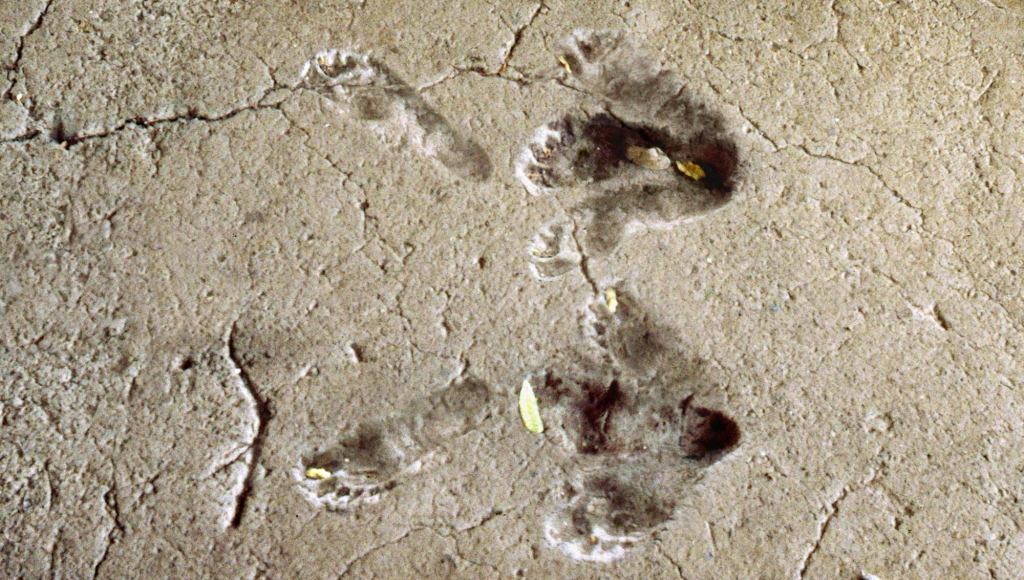CALVERT ISLAND, BRITISH COLUMBIA—In a discovery that defies all current theories concerning when developing humans began to kick up their heels, researchers confirmed Tuesday that a recently discovered set of distinctively patterned footprints found preserved in 13,000-year-old Canadian mud may reveal humans danced the Charleston much earlier than first thought. “Before now, we had only been able to trace the Charleston back to a few years before its heyday in the 1920s, but with this new evidence, we can confidently posit that early humans were performing a rudimentary Lindy hop-style step with their best gals as early as the Mesolithic age,” said University of Victoria anthropologist Allison Iao, who emphasized that the footprints’ repeating pressure and spacing patterns clearly indicated early humans’ surprisingly sophisticated knowledge of alternating rearward toe-taps and, in some cases, even shimmies, dips, and spins. “While it’s true that these humans were performing a somewhat primitive version of the moves we know today—their jazz was probably not hot enough to really ‘swing’ as we know it—this breakthrough leaves no question that early humans were hooting, hollering, and cutting a rug long before the birth of what archaeologists heretofore considered the first jazz baby.” Iao later confirmed that this development is the most significant of its kind since the 1987 discovery of a sequential series of footprints in the igneous rock of Hawaii’s Mauna Kea volcano provided evidence of mankind’s earliest known conga line.

Recently Discovered 13,000-Year-Old Footprints Reveal Humans Danced The Charleston Earlier Than First Thought
Published:
Explore Tags






